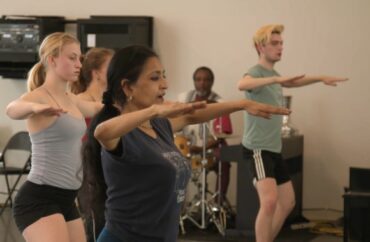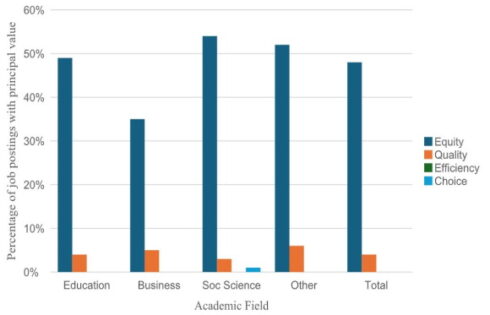
Department covers up mirrors to liberate students, professor says
The University of Minnesota’s dance program “ritually” covers up mirrors to liberate students from traditional expectations about ballerinas, which are rooted in “white supremacy,” according to its instructors.
The public university’s dance department works to combat “negative body standards” through its programs by helping students develop positive body images and avoid eating disorders, The Minnesota Daily reports.
Dance teacher Laura Anne Virtucio told the campus newspaper “white supremacy” has influenced the way society believes dancers should look and act.
“I believe that there is a lot of white supremacy in some of these mainstream Euro-centric practices that ballet fits into,” Virtucio said. “I look at these parts of white supremacy like perfectionism, independence and kind of a pull yourself up by your own bootstraps kind of mentality, which is all embedded in ballet’s heritage and structure.”
To change such thinking, the department allows dancers to wear athletic attire instead of the traditional leotards and tights – which instructors say can make students feel “very exposed and insecure,” according to the article.
Theater Professor Penelope Freeh said the instructors also “ritually” cover up mirrors “so the dancers can focus on the feeling and movement rather than using the mirror to impersonate or mimic,” the article states.
“I feel like we have liberated ourselves from what can be a very destructive tool,” Freeh said.
The Minnesota Daily reports more:
Ballet bodies originally matched the voluptuous upper-class woman body type of [the 1600s] and continued to follow popular beauty trends until ballet became an industry and professionals started to favor smaller bodies to train and lift, Freeh said. When the 1920s flapper body type was popularized, it further encouraged the ballet body.
Ballet body types have also followed social trends from their origin until the 1920s when a thin body became the norm. Historically, the expectation for dancers to be slender derived from children’s bodies, which were easier to lift and train, Freeh said.
Another dance program at Ohio State University also incorporates racial issues in its instruction. In 2023, the public university made an “anti-racist dance” instructor its “artist laureate,” The College Fix reported.
MORE: Princeton belly dancers condemn Israel’s ‘intentional genocide’
IMAGE: University of Minnesota College of Liberal Arts
Like The College Fix on Facebook / Follow us on Twitter






Please join the conversation about our stories on Facebook, Twitter, Instagram, Reddit, MeWe, Rumble, Gab, Minds and Gettr.